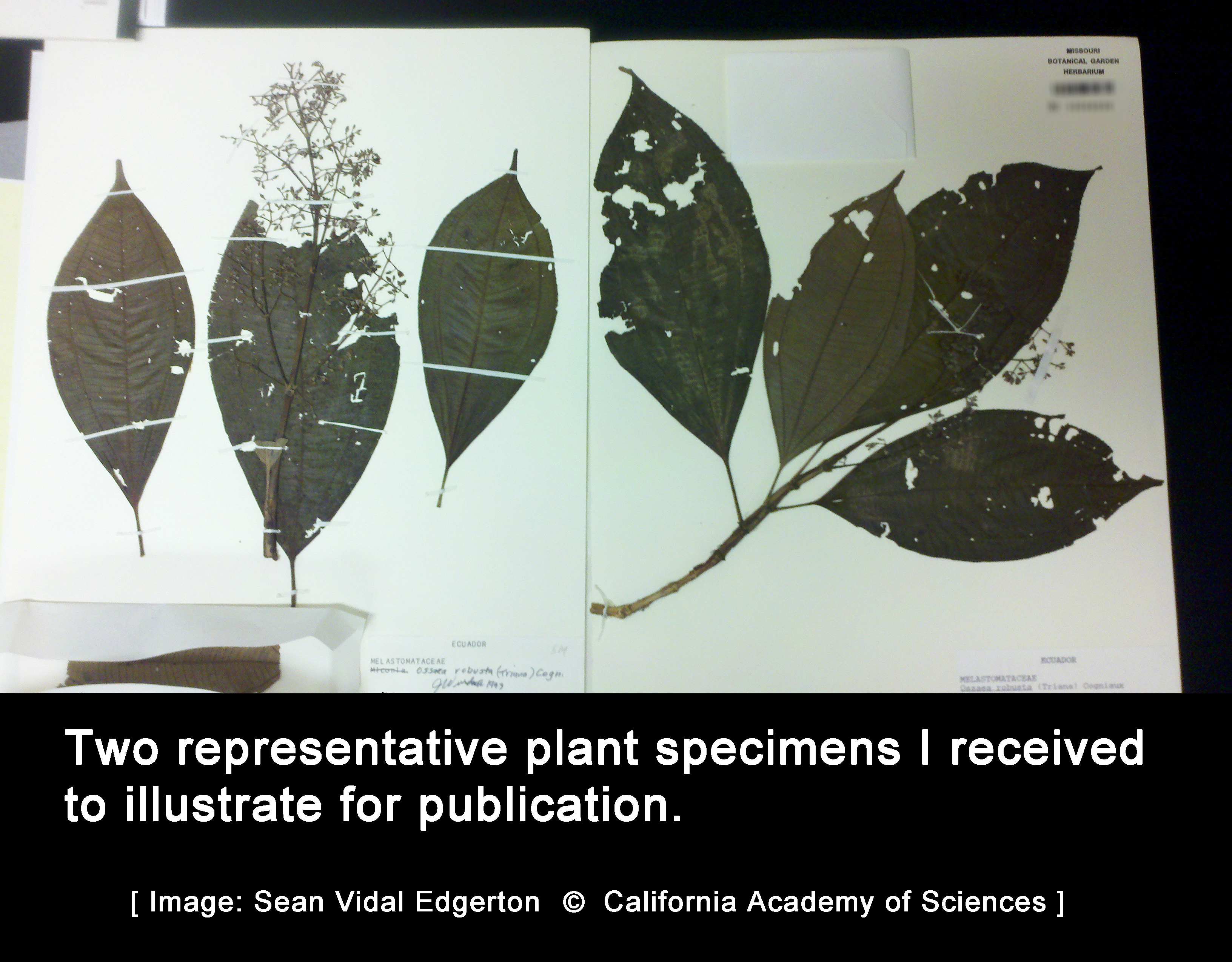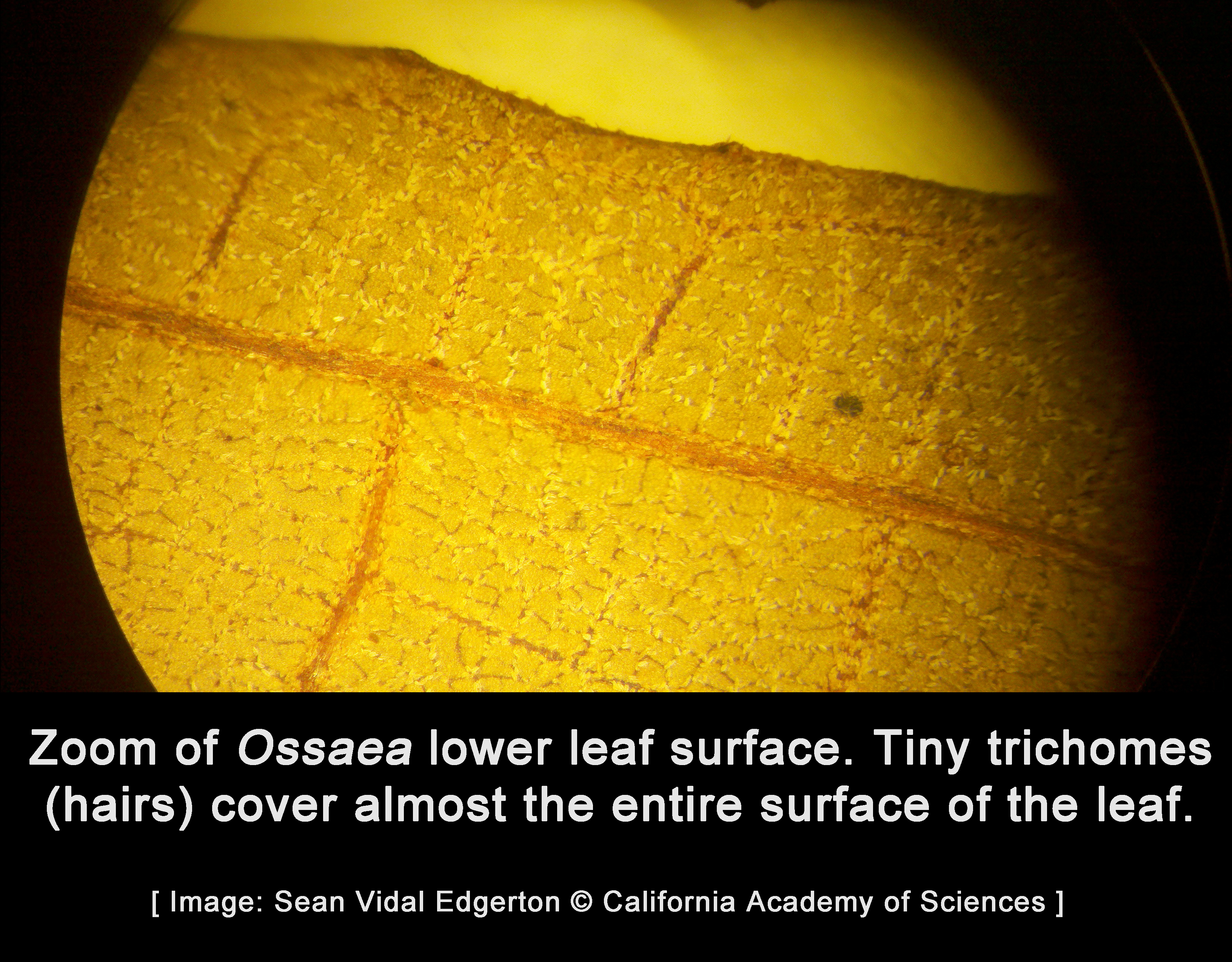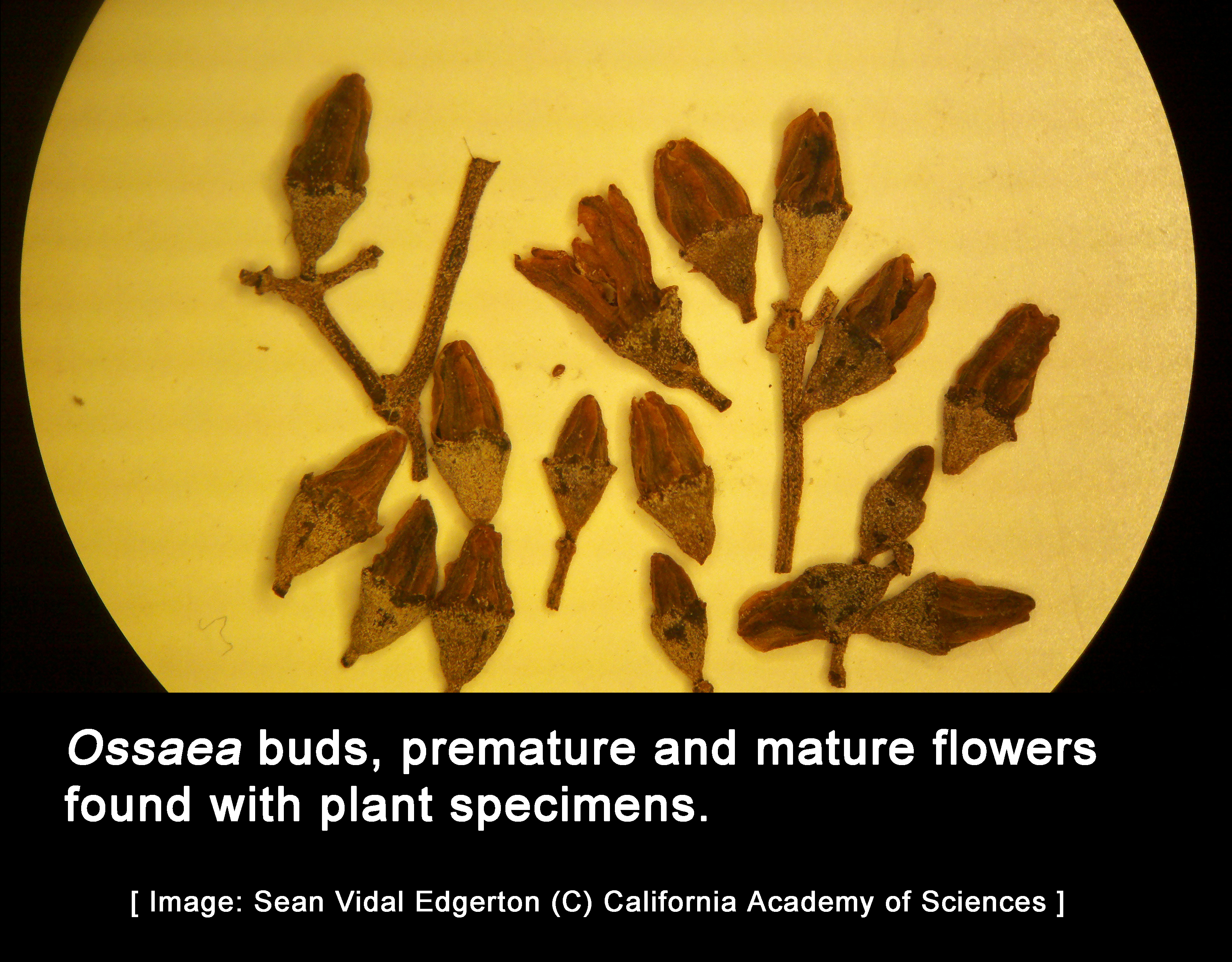
Legend:
A: Plant habit & inflorescence (including: lower leaf surface zoom of glands & divergence of leaf veins)
B: Flower
C: Dorsal and lateral view of stamens (including: zoom of glands on the connective)
D: Stigma & style
One of my jobs here at the California Academy of Sciences is as Scientific Illustrator. A couple years ago I graduated from a graduate program in Science Illustration from California State University Monterey Bay. Since graduating and completing a couple internships, I now work here illustrating newly discovered or described organisms in various departments. Above is just one botanical plate I’ve completed for my advisor. This species was found in the rainforests of Ecuador, collected a handful of years ago but was just being described last year. Above is the final illustration for one of my advisors here in the Botany Department. When I first receive a new plant to work with, I am given an ancient-looking specimen as seen below:
As botanical illustrator it is my job to essentially revive and reconstruct this plant suitable enough for publication. This plant specimen proved unique in multiple ways to the other Melastomataceae species I have illustrated. The most challenging part of the illustration was reconstructing the entire flower from broken or missing parts. It was also challenging to make the illustration appear more three dimensional, as opposed to flat, with use of perspective and different shading techniques. Below you can see more images of these tiny structures that had to be illustrated for this botanical plate:
Every new plant specimen I work with is pretty exciting. From specimen to specimen you notice how much diversity has developed within and between genera within this plant family. For every plate I concentrate on illustrating every unique characteristic of the species and genus. Some of my later posts will concentrate on the steps from start to finish: preliminary sketches, edits, ink used, type of style used to illustrate various plant parts, and the digital process, etc).
Sean Vidal Edgerton
Science Illustrator
Botany Department; California Academy of Sciences



